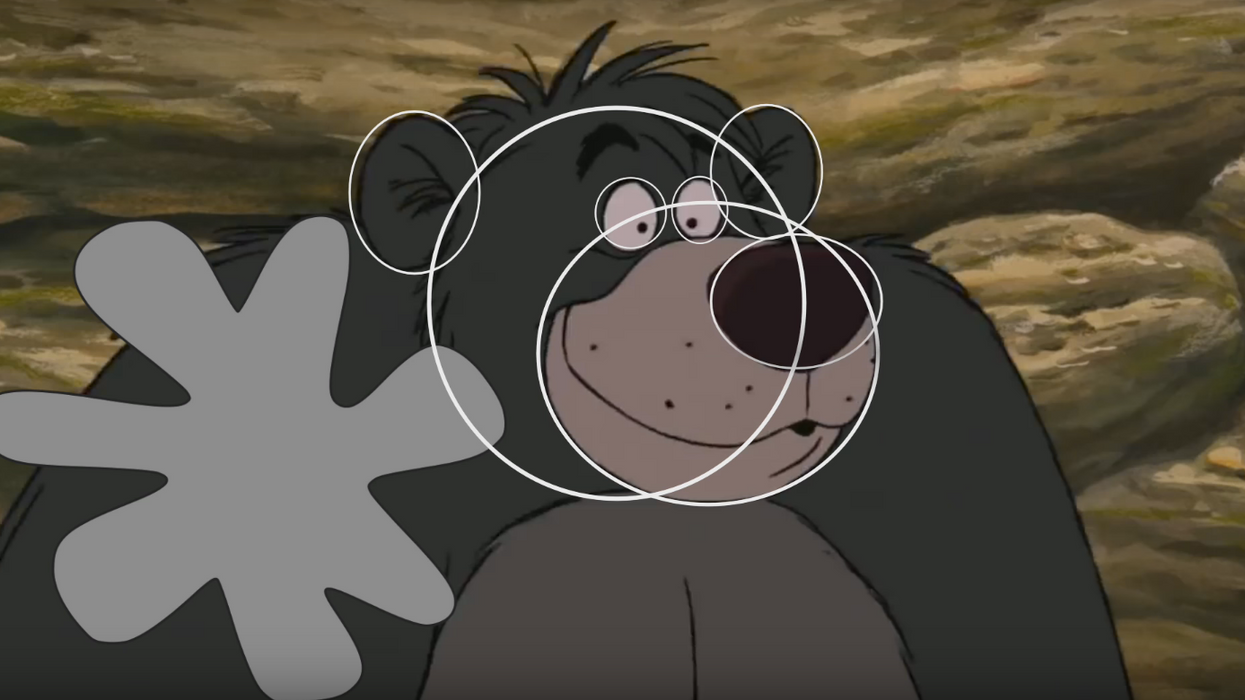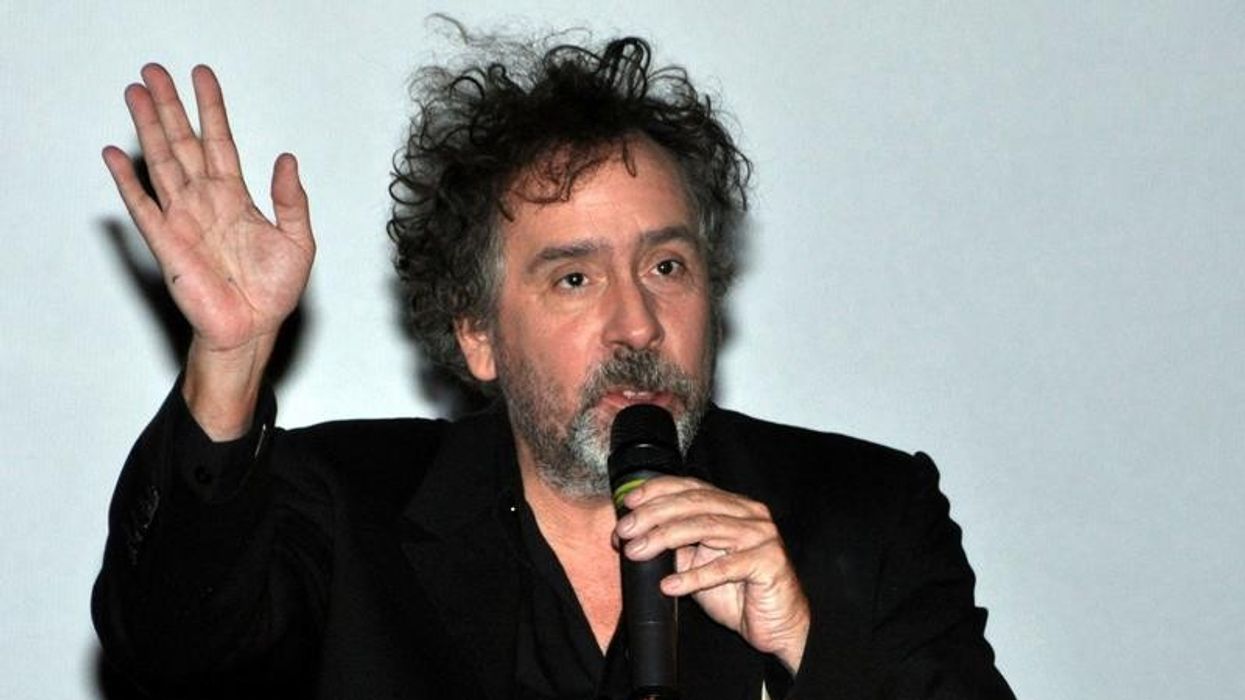How Cinematographers Use Geometric Shapes to Tell Stories with Visuals
What are the psychological and emotional effects of a circle, square, or triangle?

Watch any film and pay close attention to the shapes you see (you'll soon begin to see them everywhere). They aren't there just because our physical world is made up of beautiful geometry, it's because shapes have aesthetic and psychological significance—and DPs know this. In this interesting video essay, Jack Nugent of Now You See It explores how filmmakers use geometric shapes for visual storytelling, which will help you understand key aesthetic concepts about the their psychological effects.
So, what are the psychological meanings behind popular shapes? Well much like colors, shapes can say and represent many different things to different viewers.
Circles
Often considered a "feminine" shape, circles represent things that are soft, nonthreatening, natural, and maternal. The continuous curve and rounded figure reminds many of us of things that appear in nature, like galaxies, stars, planets, clouds, raindrops, flowers, and waves. We even make connections between circles and femininity, maternity, and youth—the curvaceous form of a woman's body, a big pregnant belly, the chubby cheeks of a new baby. But circles don't just contain significance because of their physical likeness to real world objects. Circles have been used symbolically to communicate "completeness", "balance", and "endlessness"—Shutterstock provides some great examples: the yin yang, the clock, the wedding ring.
This is why we see so many animated characters' bodies—heroes, kids, "good guys"—containing rounded shapes, because circles represent innocence, happiness, and friendliness.

Squares
Squares can be seen as almost the antithesis of the circle in that it can often represent that which is unnatural or manmade. (Very few rectangular things occur in nature, at least compared to circles.) Squares also represent "stasis", "stability", and "strength", or things that may be considered boring or old-fashioned. We see a lot of squares used in film to communicate these messages, especially in direct opposition to the "natural world." In Up, Carl is made up of many squares, while Russell is made up of many circles. Carl's geometric make-up represents stasis and isolation, while Russell's represents youthfulness and joy.

Triangles
Ah, the angriest shape: the triangle. Every kid who draws a monster with sharp teeth draws a row of triangles, don't they? This is because the "pointy-ness" of the triangle, for some reason, elicits fear, distrust, and suspicion. Look at any animated villain ever—they're drawn with plenty of points and angles with very few rounded edges.
But triangles have a feature that the other two shapes don't. If you place a triangle with the broad side down, it can represent something stable, like a mountain range or the Great Pyramids, but if you invert them, they become extremely unnerving to look at.

Source: Now You See It











